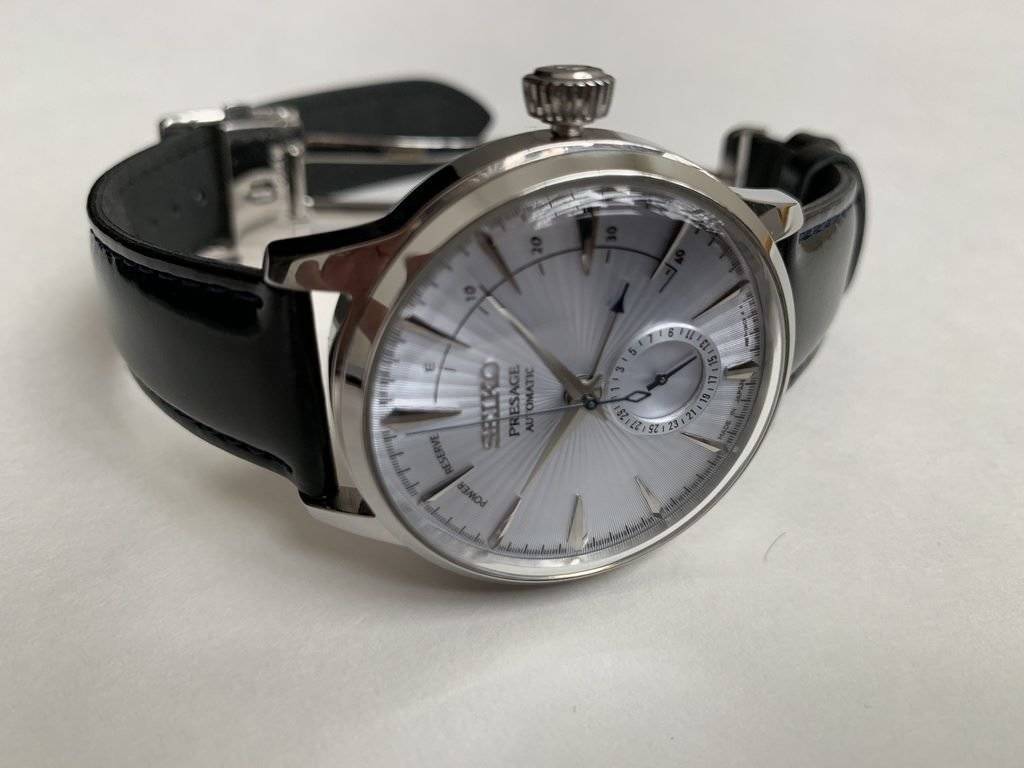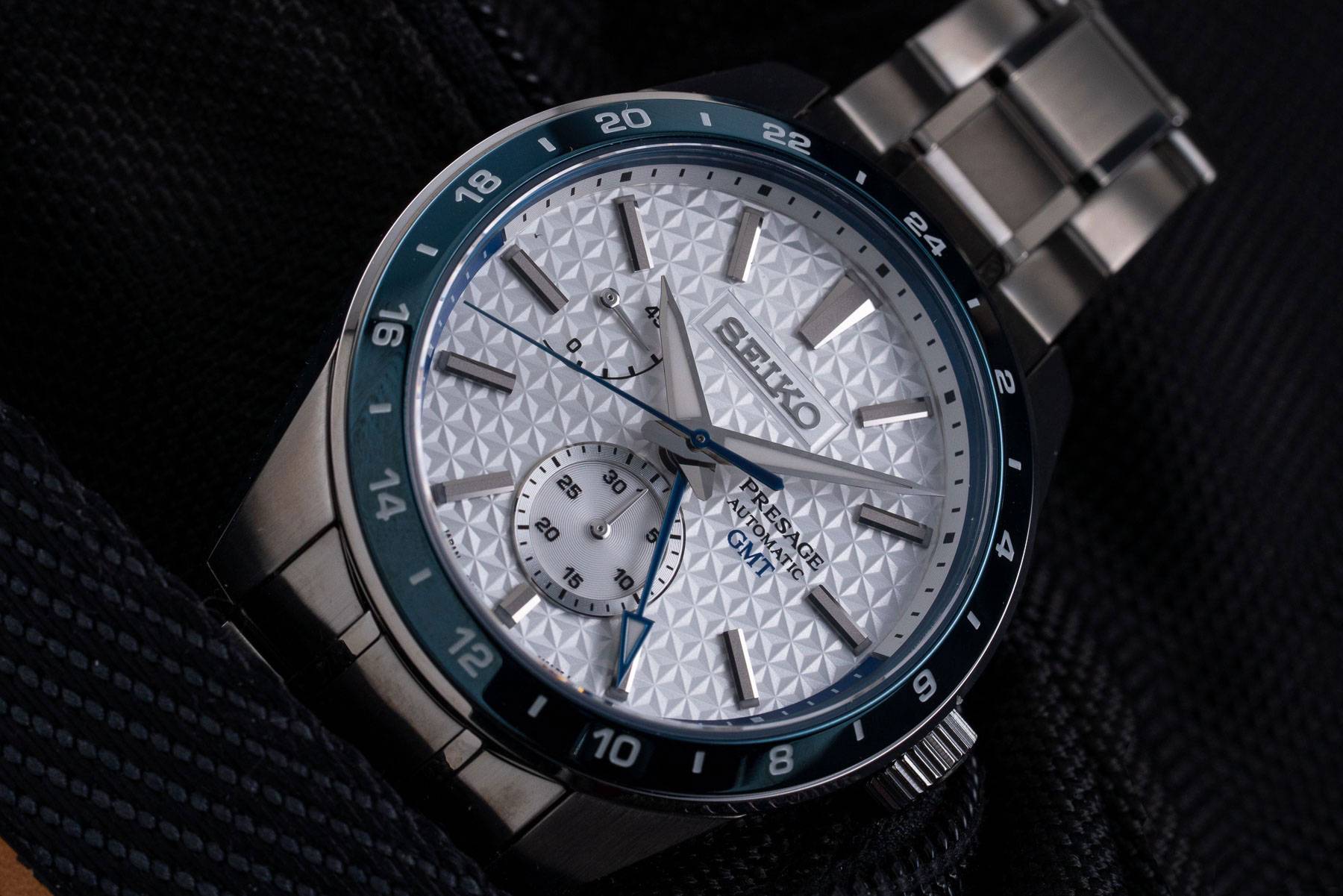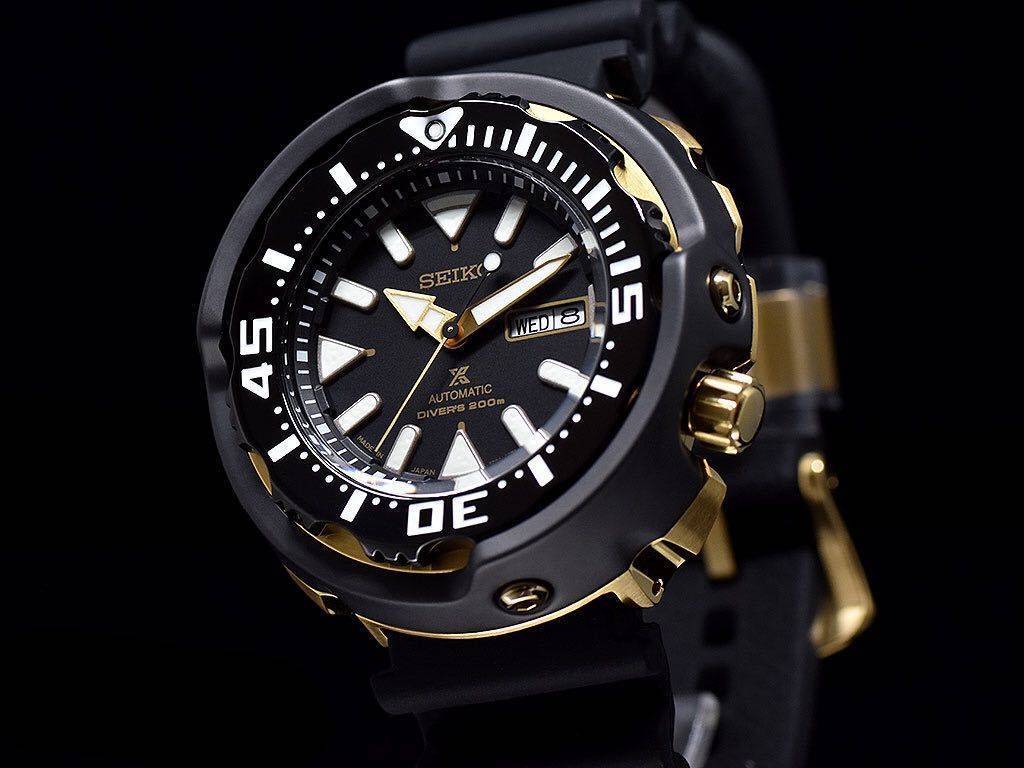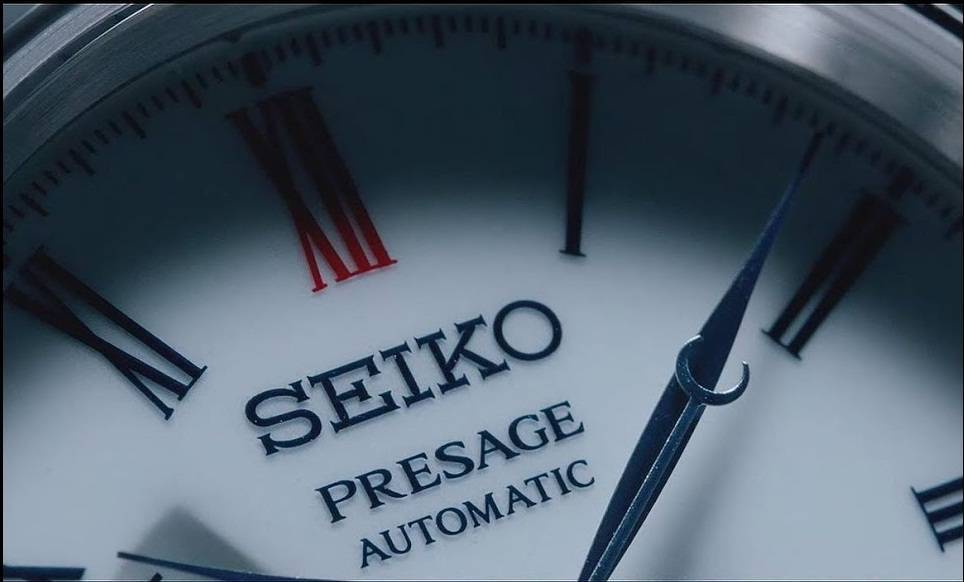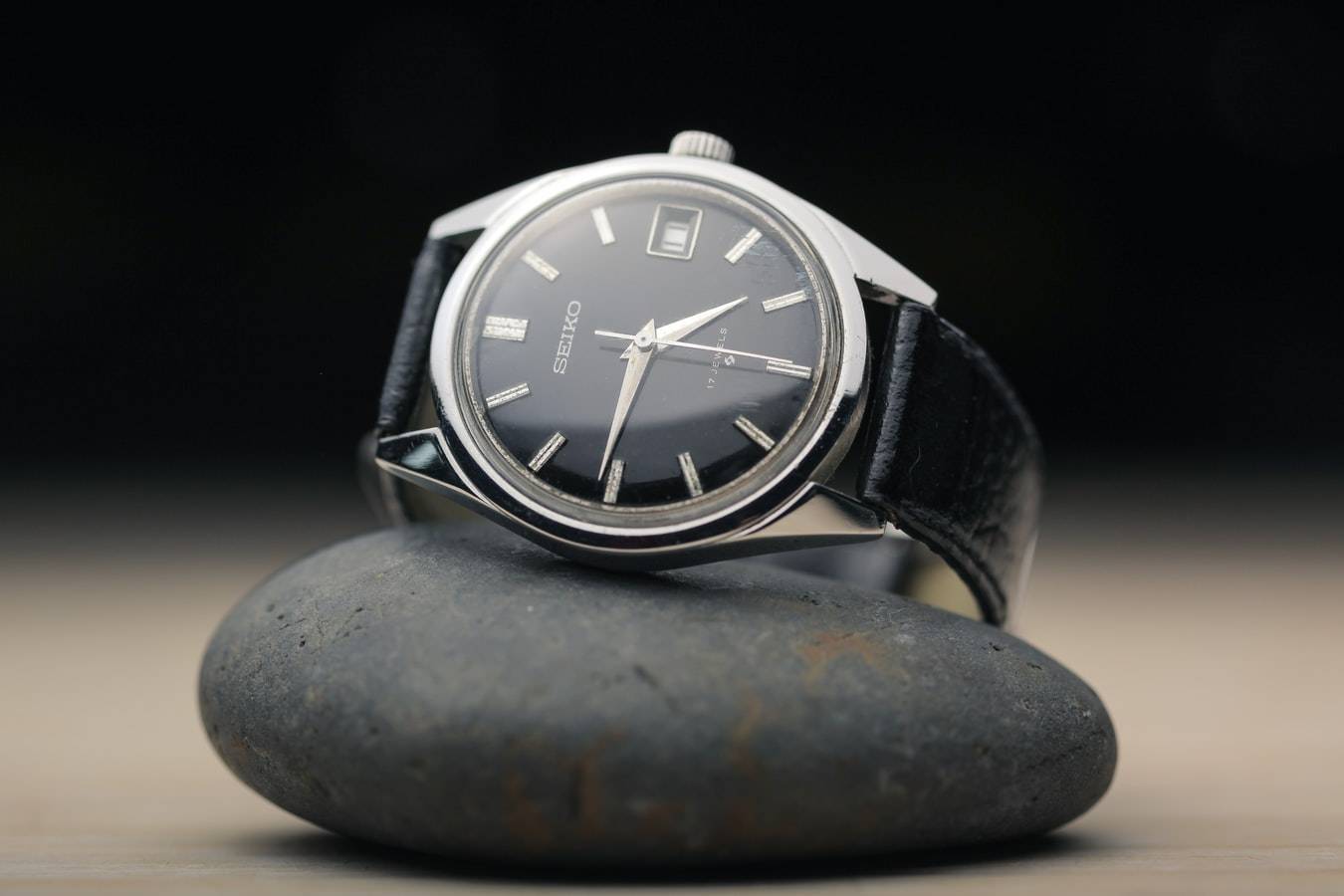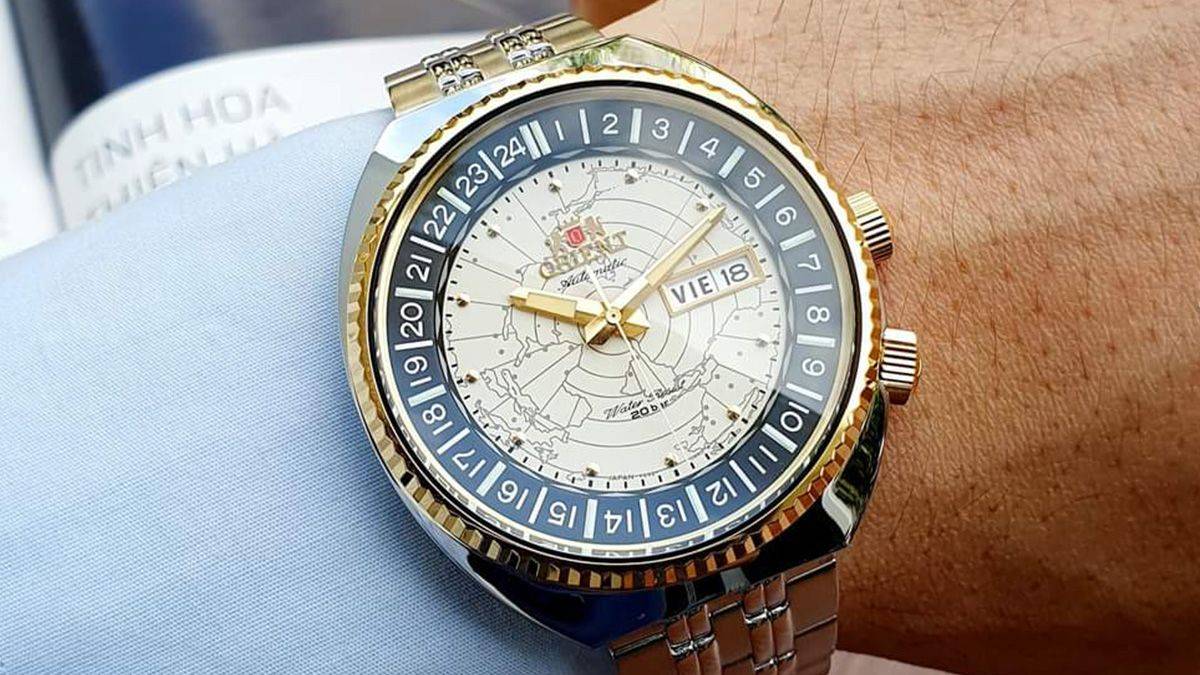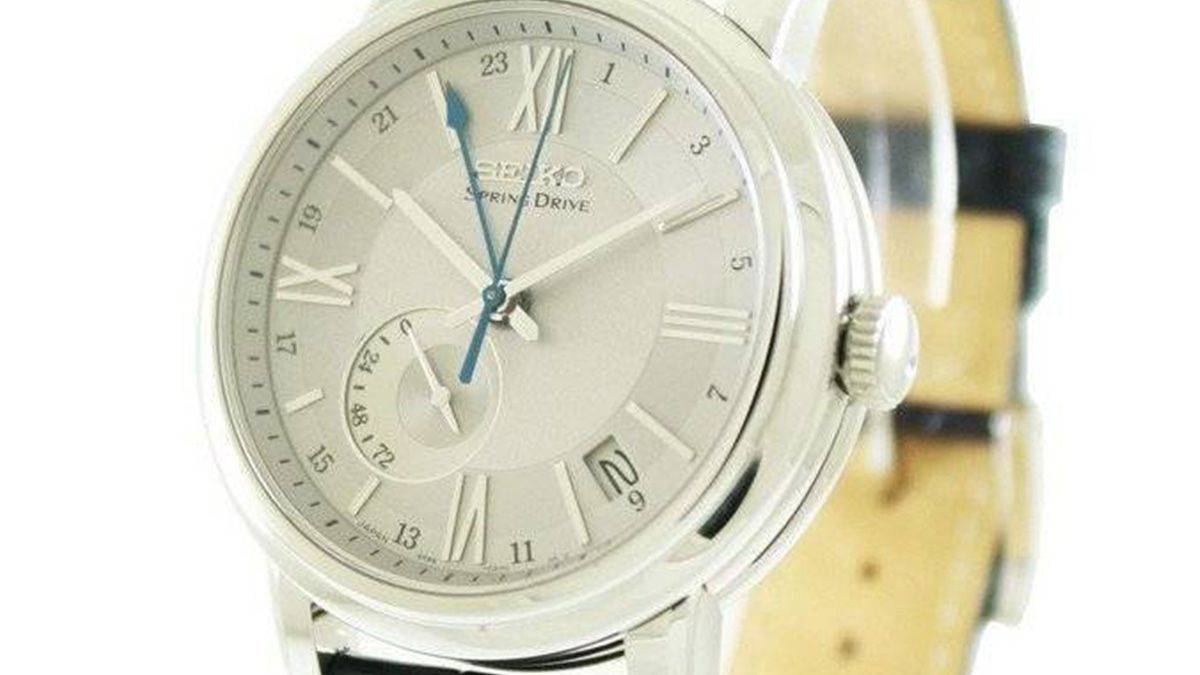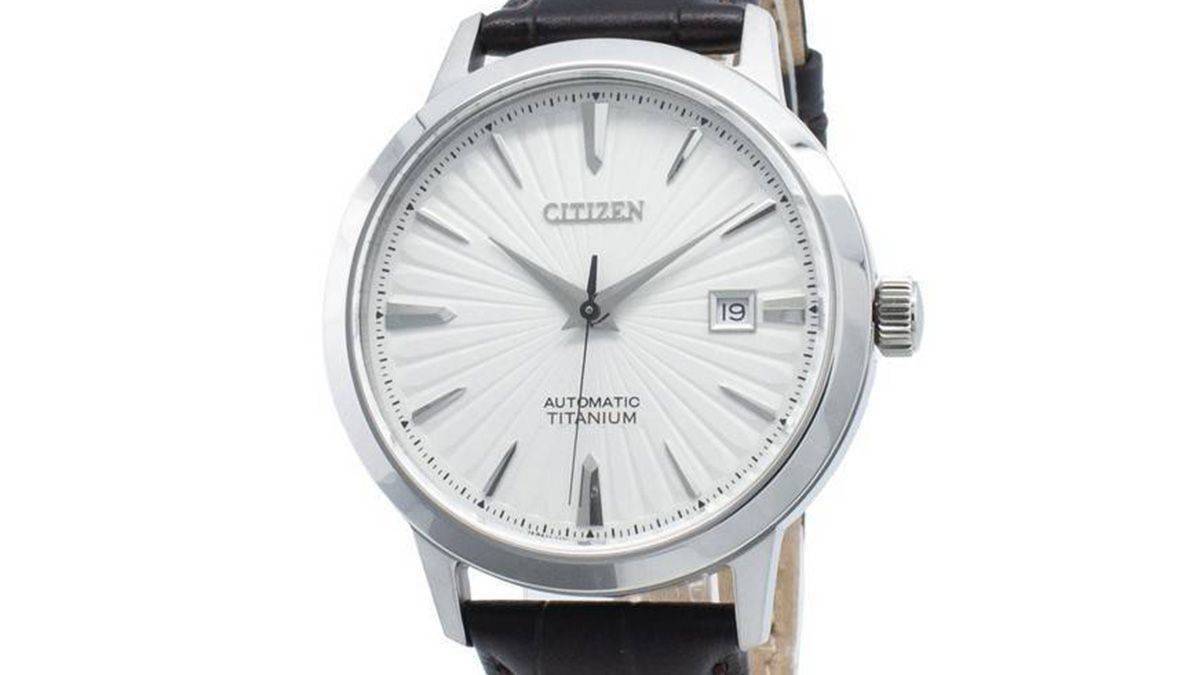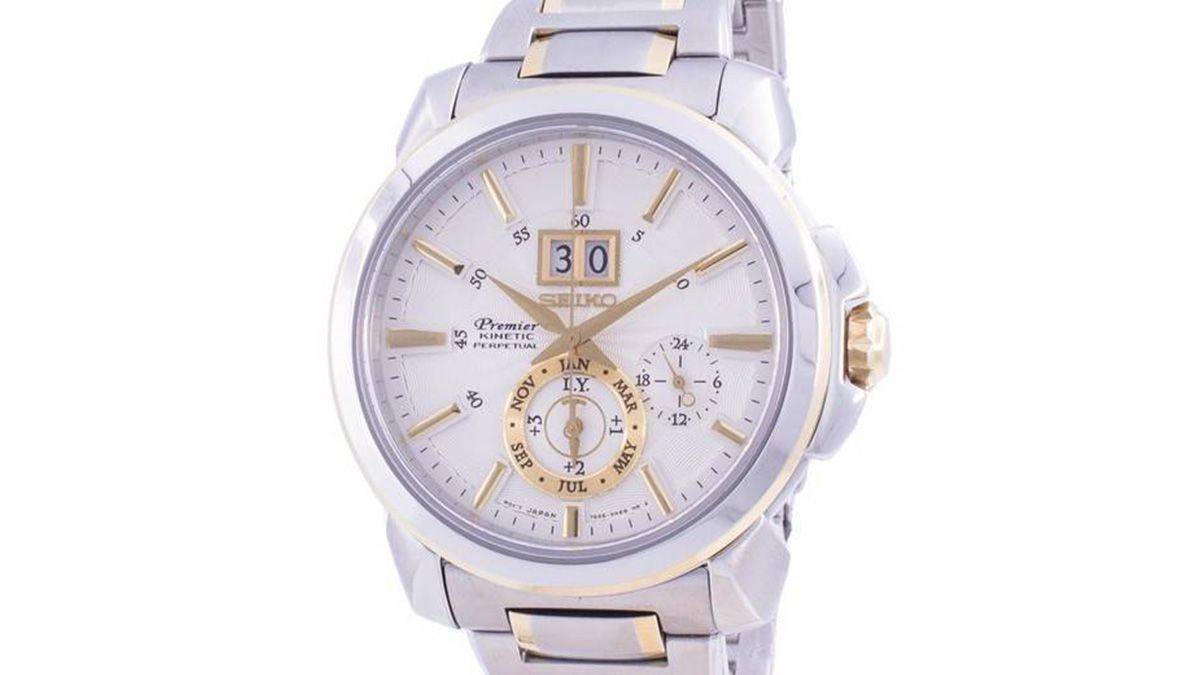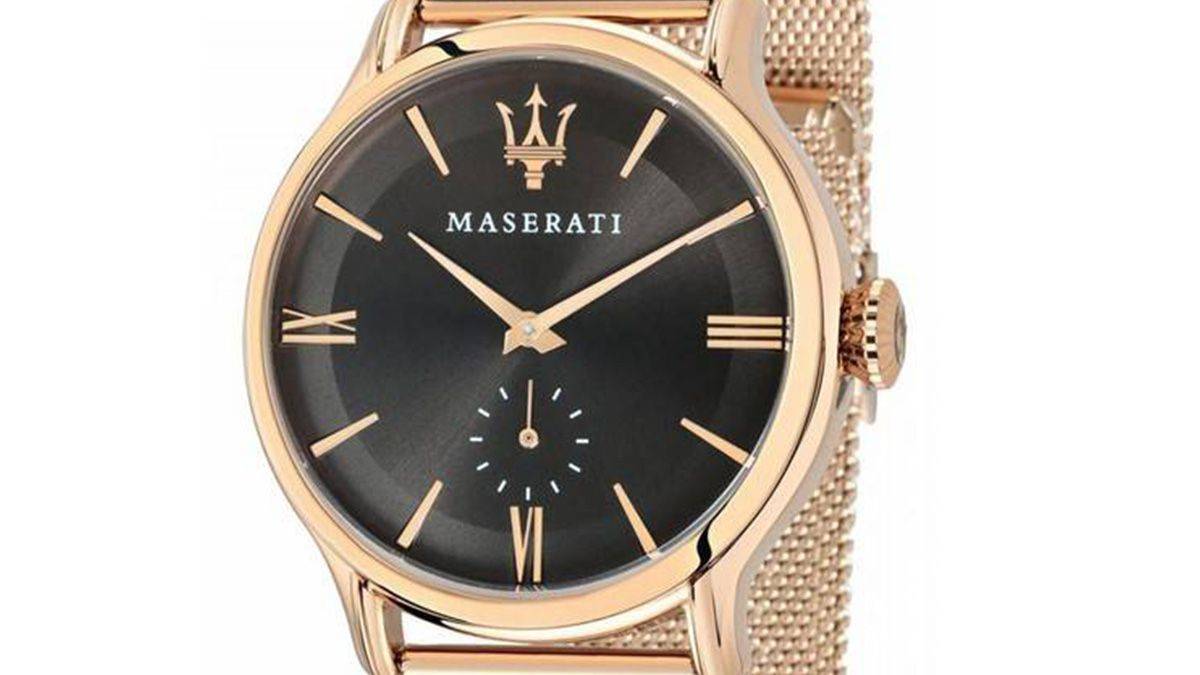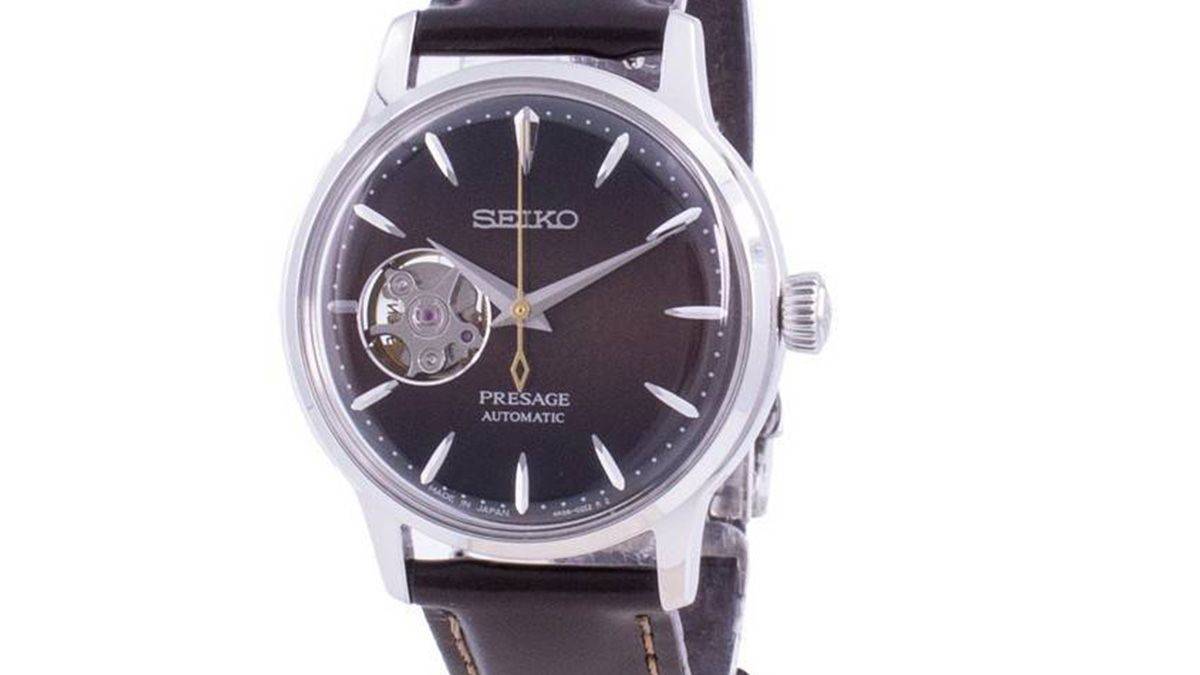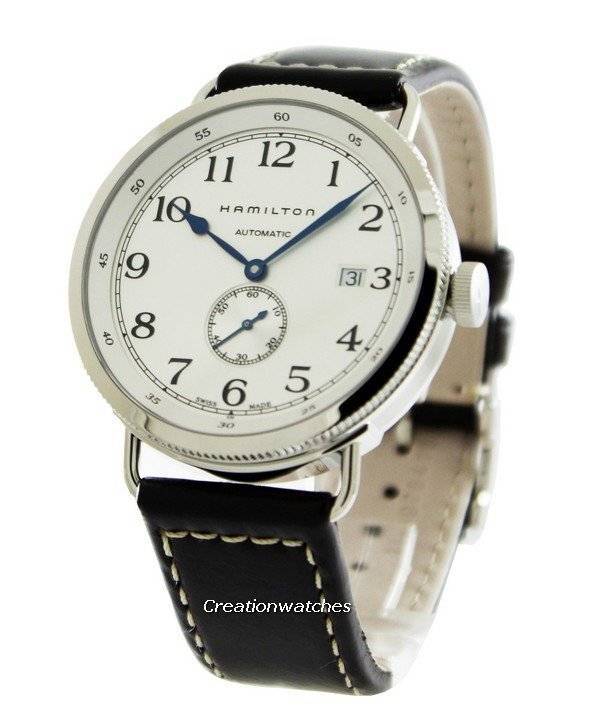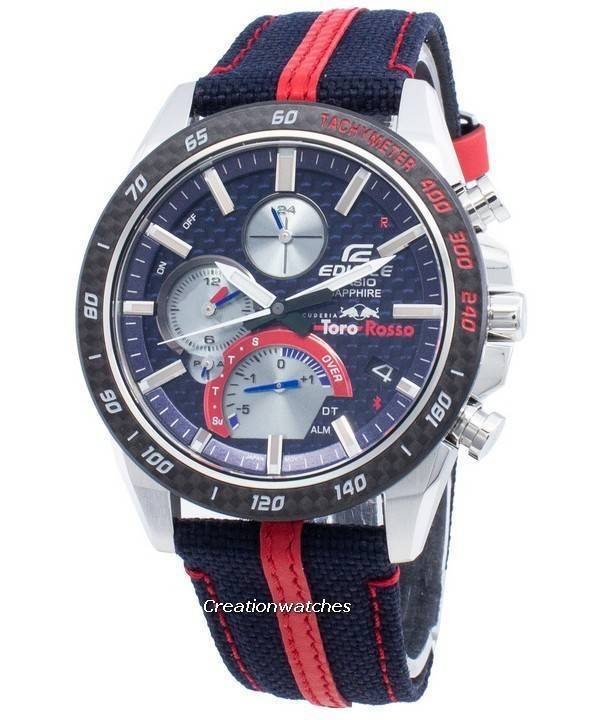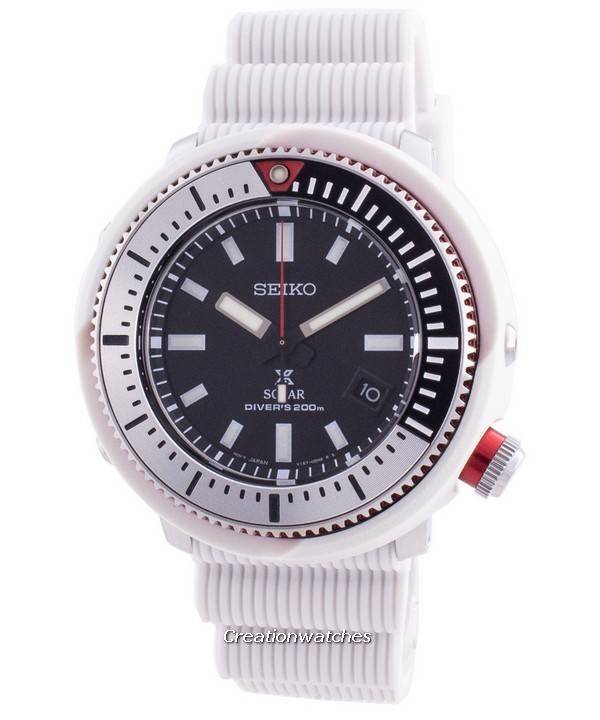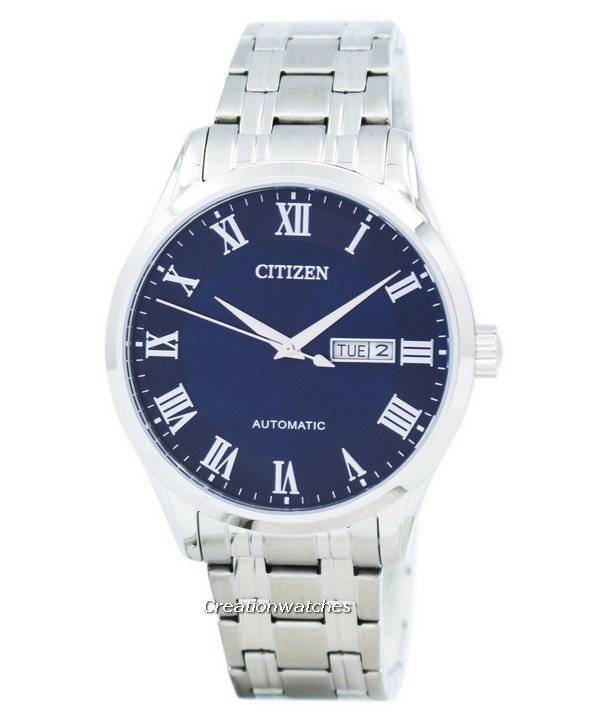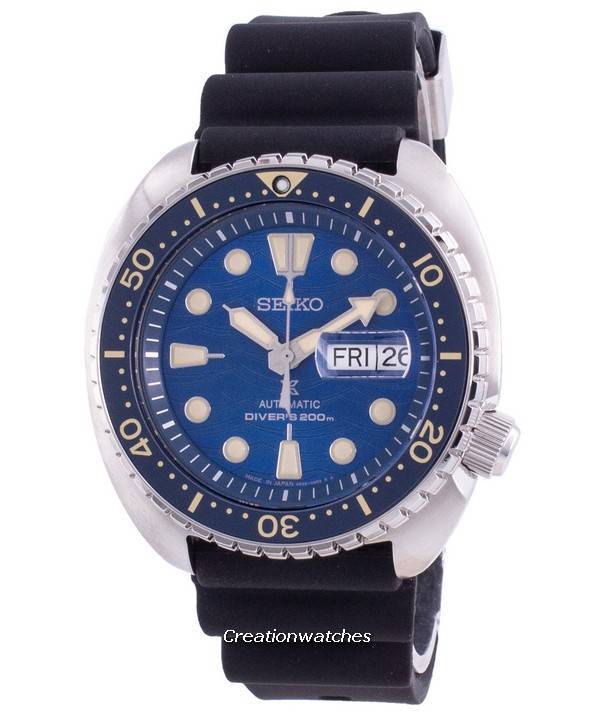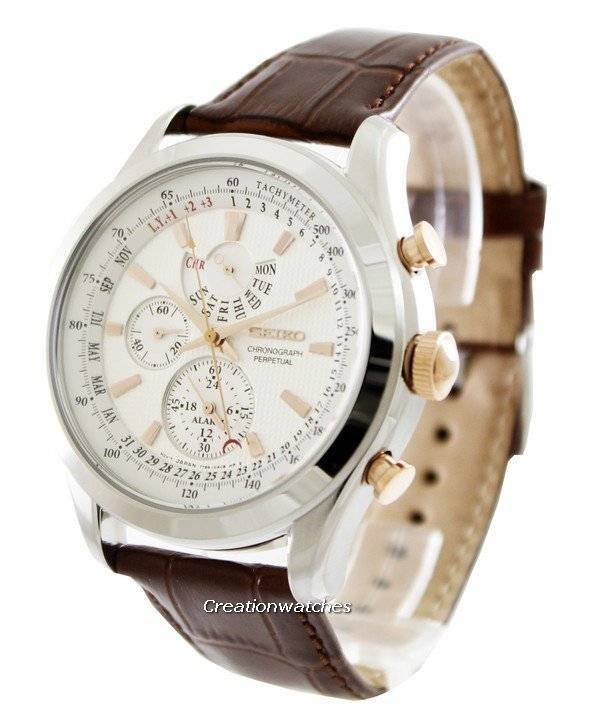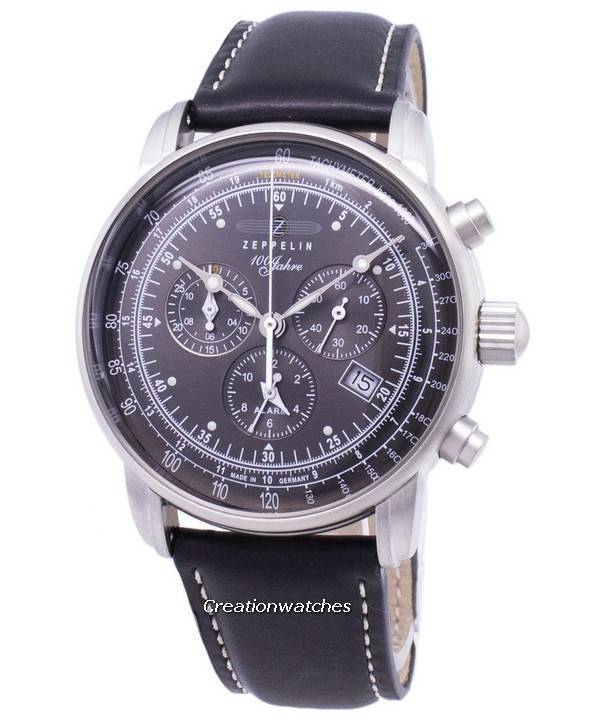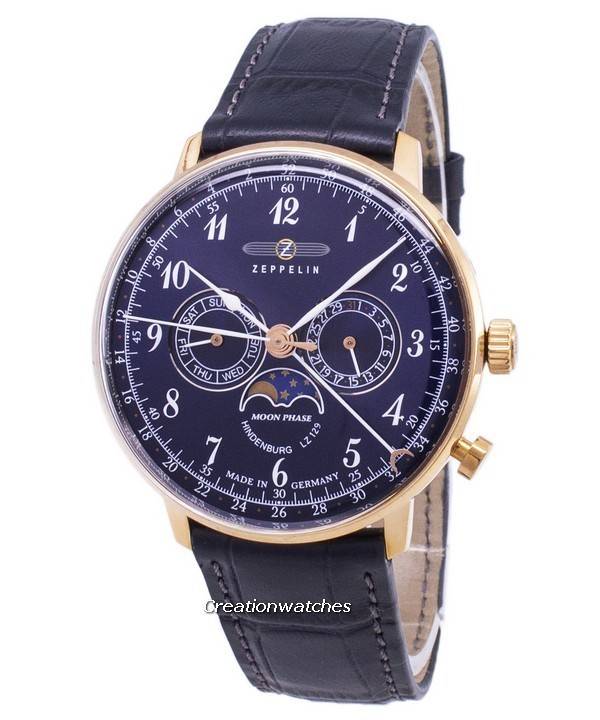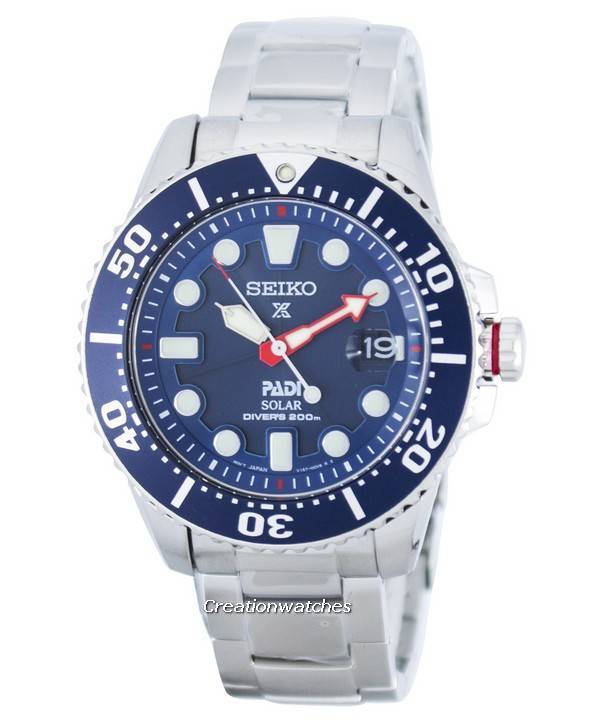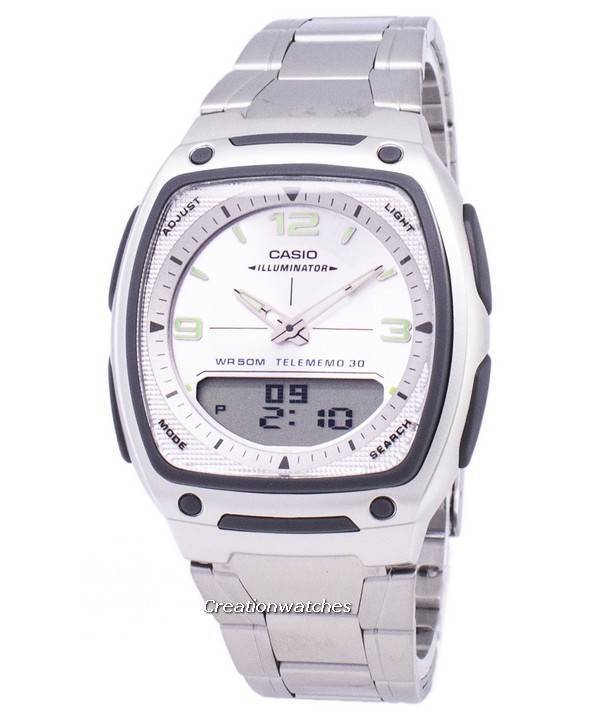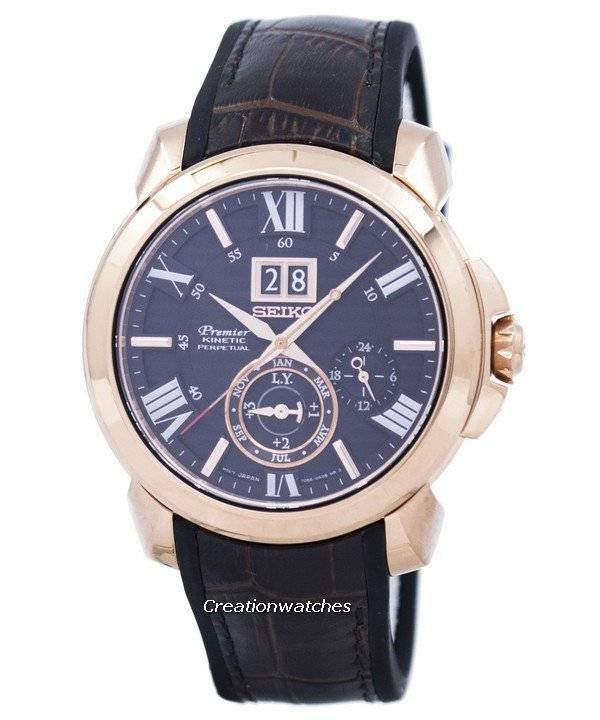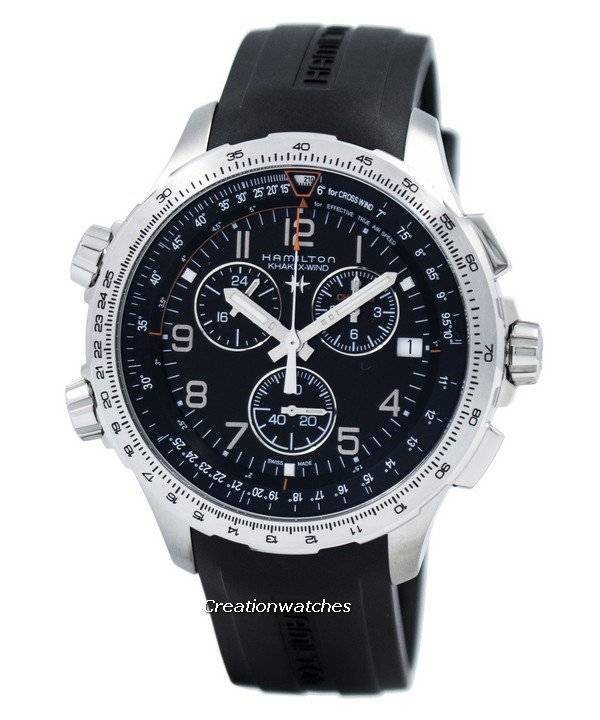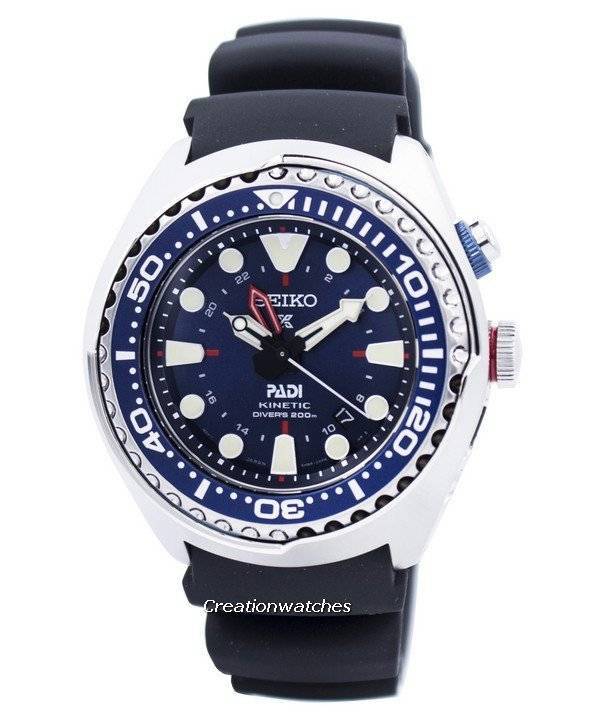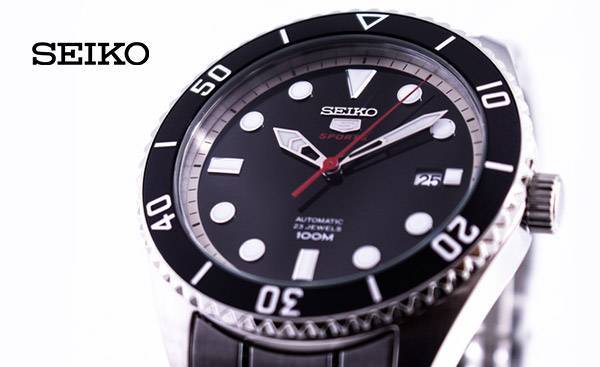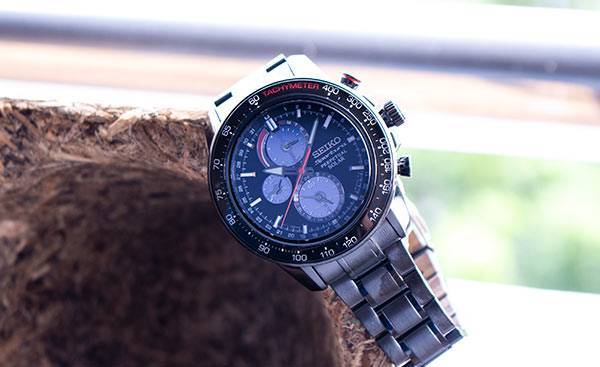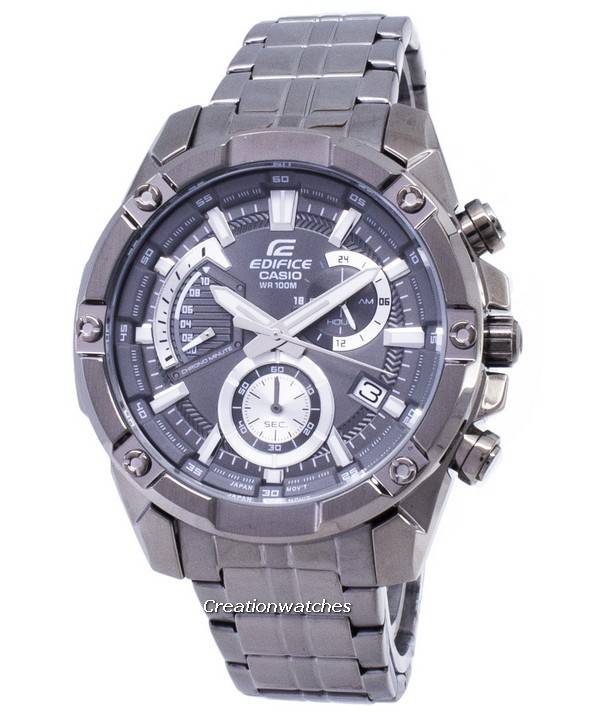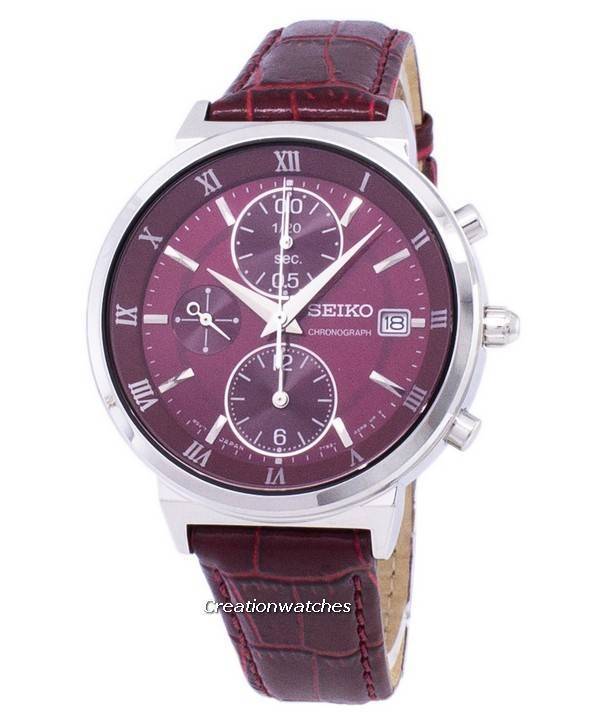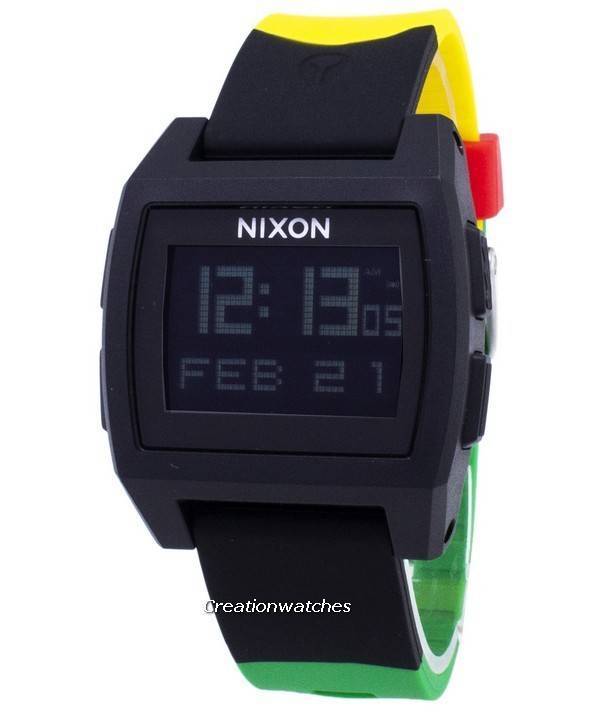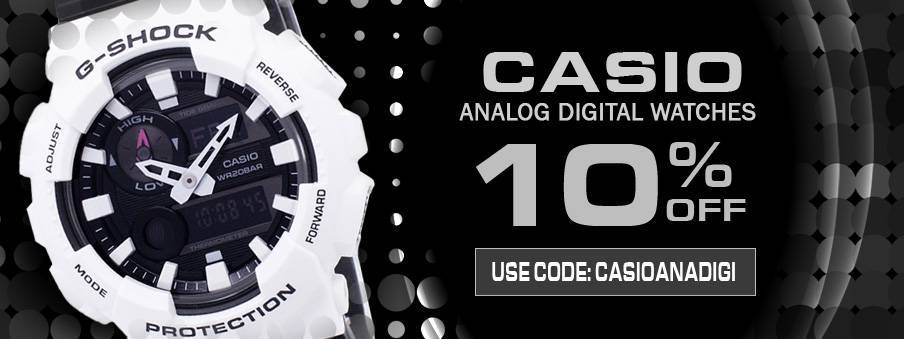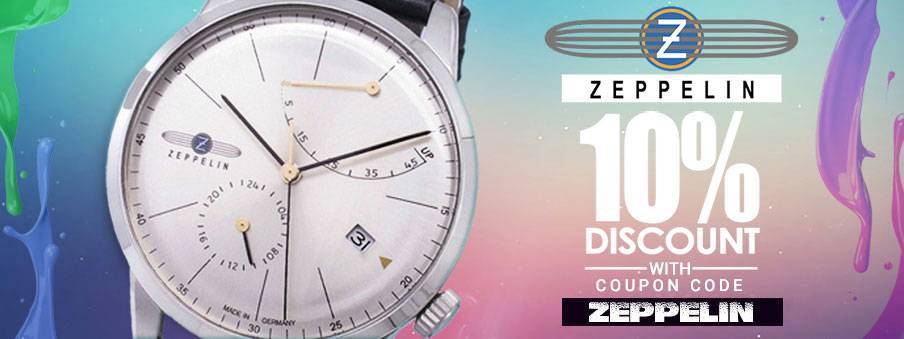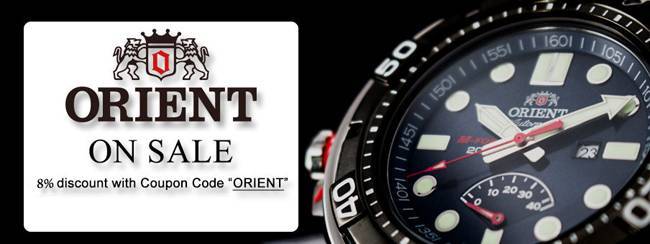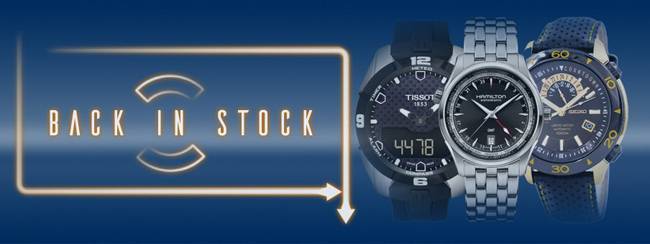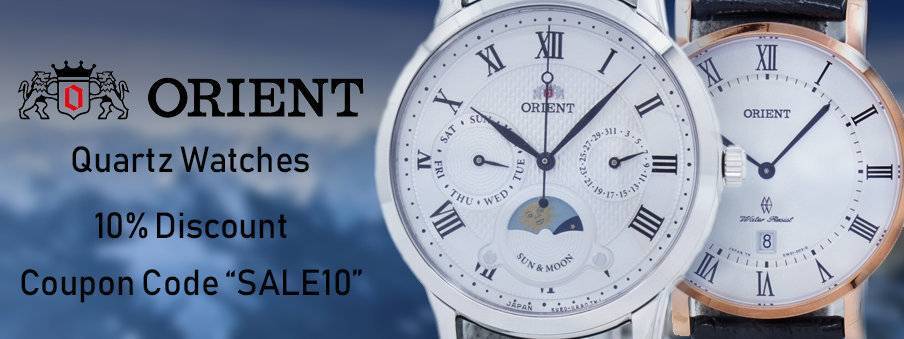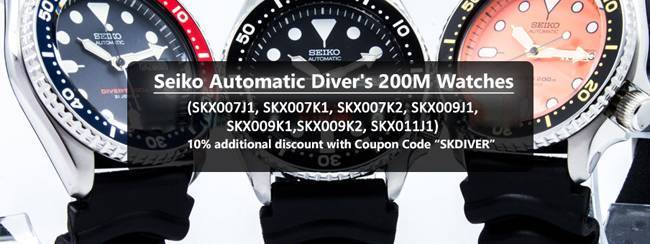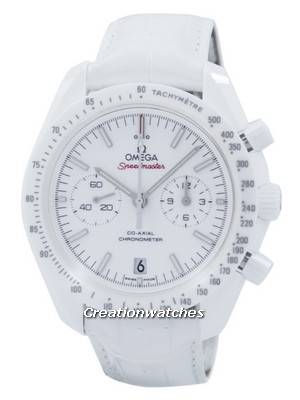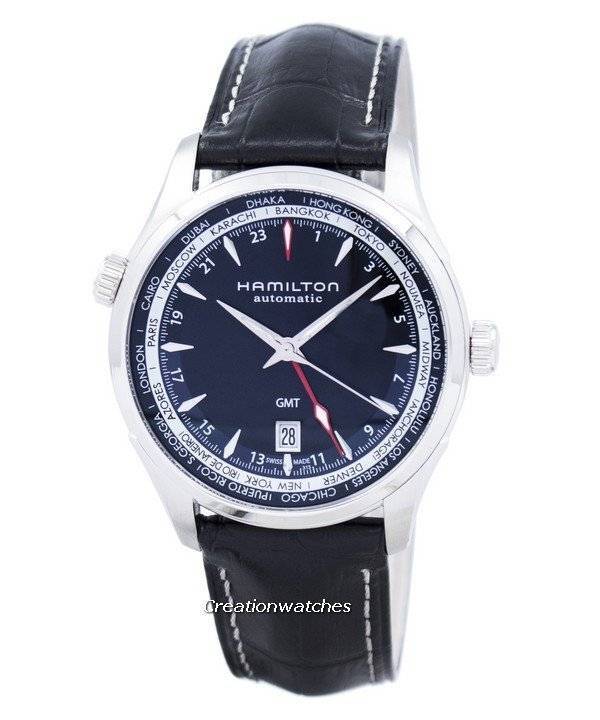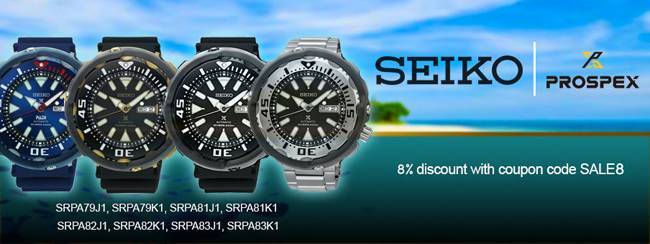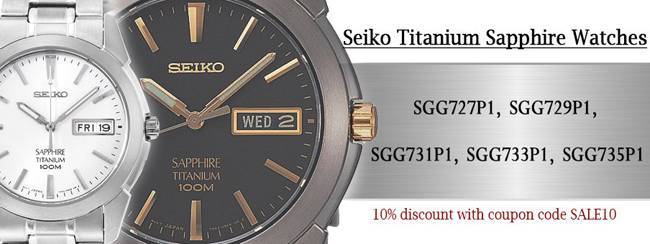
With percentages, things are like unit conversions only. Say, 20% of $70. Align 10 (inner rule) with 80 (outer rule) (80% of $70) on the outer rule, making 70 (inner rule) line up with 56 (outer rule). So, final price is $56.
Or, do it backwards. Say, you buy a $25 worth something with a 17% tax. Align 10 (inner rule) with 17 (outer rule). The ‘25’ mark (inner rule) will align with 42.5 (outer rule). The tax will be $4.25. Shifting the decimal point is common sense. And always remember: Outside rule is reverse of inside rule for the C and CI (I for inverse) scales.
Okay, that was a lot of geek stuff on the apparently complex pilot watches. Aviation and space-race connections have always been fascinating topics and are concepts that sell. That’s because of geek-factors and they are many, so here’s a quick glance on what might get you interested without wasting money on an impulse purchase.
A personal choice is the Seiko Flight Master chronograph with a technically-identical slide-rule bezel to the Breitling Navitimer. The Navitimer is itself based on the E-6B manual flight computer. There are both the fundamental scale log rules (C & D) and a time scale (matching hours to minutes). While sailing, it allows converting from nautical to statutory miles and kilometers to feet. For fuel and other liquids, there are U.S. gallons to Imperial gallons and liters to pounds. Also converts from pounds to kilograms. The Seiko 5 Sports Automatic 24 Jewels and the Seiko Alarm Chronograph Flightmaster are also fairly good-looking.
The Pulsar Tech Gear is preferred widely, or so the sellers claim. Other good ones from the mid-range slide-rulers are the Citizen Promaster Sky Navihawk, the Citizen Promaster Skyhawk radio-controlled Eco-Drive and another Seiko Flight Master, to end.


















